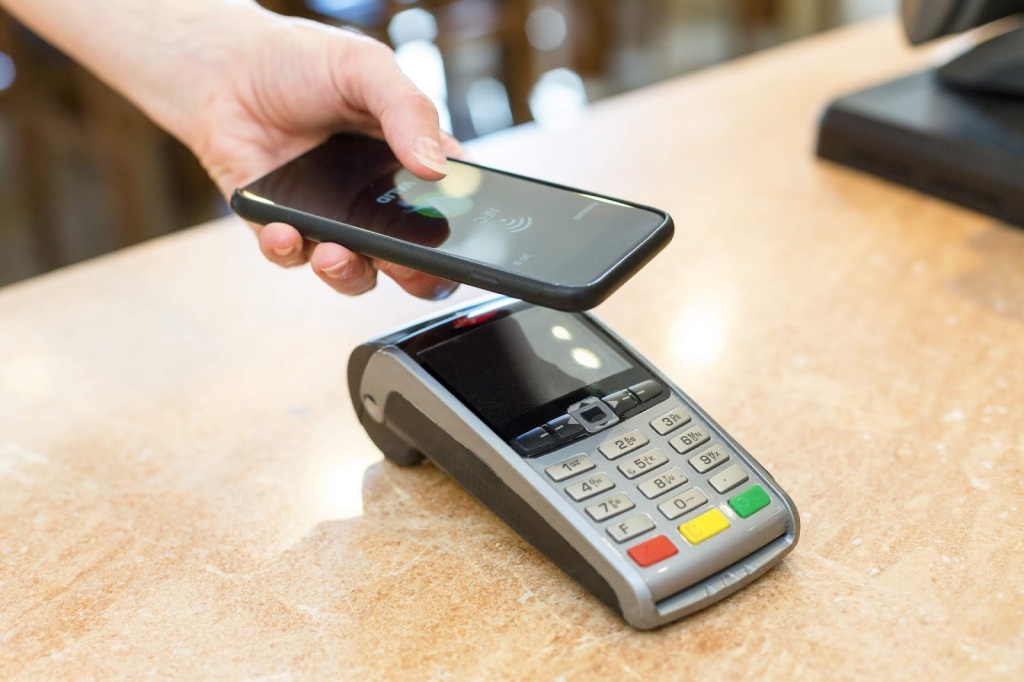
In 2021, 43.2% of smartphone owners used digital payment methods, and that number is expected to reach over 50% by 2025.
A digital wallet is a smartphone app that allows you to securely store your credit card information and then use it to pay for your purchases.
The three most popular wallets are Apple Wallet, Google Wallet and Samsung Wallet. Apple Wallet comes pre-installed on iPhones, Google Wallet can be downloaded from the Google Play Store, Samsung Wallet comes pre-installed on supported Samsung Galaxy phones.
These apps are a safe way to pay without the need to carry your credit card with you. Each requires a passcode to unlock the app and they replace your credit card information with a randomized identifier, your credit card information is never visible, this makes digital wallets more secure than carrying a physical card.
Each is similar when adding credit cards, open the app and then tap the (+) or add to wallet icon.
You will be prompted to aim your camera at your credit card, your card will be loaded into the wallet. You can also add the card manually.
Once added, the app will contact the credit card issuer to verify you are the authorized card holder. You will be prompted to verify the wallet. You might receive a prompt in the app or a prompt to verify using the credit issuers app. Once verified the card will be added to the wallet and you can use it to make secure payments. More than one card can be added, and you can set whichever card you like to be the default payment method.
When you are ready to pay, open your wallet and look for the contactless pay option at the register. Hold your phone close to the contactless pay reader, when the payment is approved you will hear a beep and see a confirmation on the screen.
You can use the digital wallet to pay in person at locations that offer contactless pay, some online sites let you select a digital wallet as your payment option at checkout instead of having to enter your card information, you can use it to pay bills and send money to others, it can also be used for in-app purchases for things like ride shares, fast food, or food delivery services.
Digital wallets are also a great place to store other important documents aside from credit cards. Most let you store debit cards, driver’s license and state ID cards, insurance cards, concert tickets, gift cards, loyalty cards, coupons, boarding passes & hotel reservations.
Pros & Cons of Digital Wallets
Pros
They are convenient, most people carry their smartphone with them everywhere. Digital wallets allow you to keep your credit cards securely at home.
Digital wallets are a secure payment method, more secure than carrying a physical credit card with you.
If you forget your purse or wallet at home, you can still pay for services.
You can easily view your recent and past transactions.
Digital wallets streamline and expedite the checkout process.
With digital wallets, consumers are often rewarded with special promotions and offers, such as cashback, coupons and loyalty programs from their favorite brands and retailers.
Cons
Not everyone accepts tap-to-pay so you may be limited to where you can use them.
Payment relies on your smartphone so if you are getting a weak signal or run out of battery life you cannot pay.